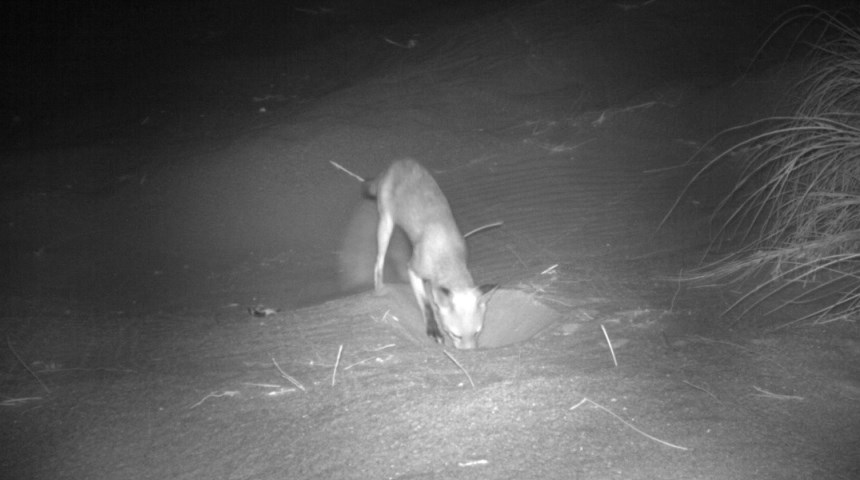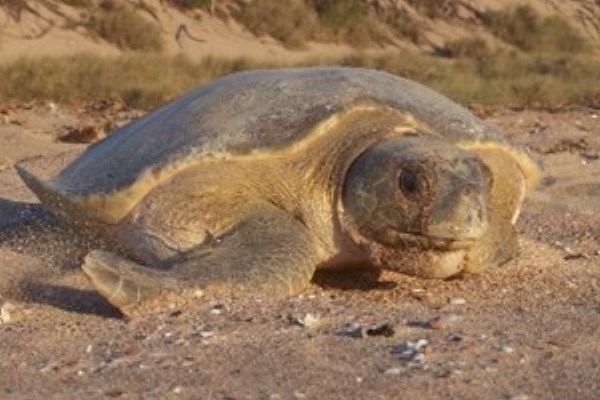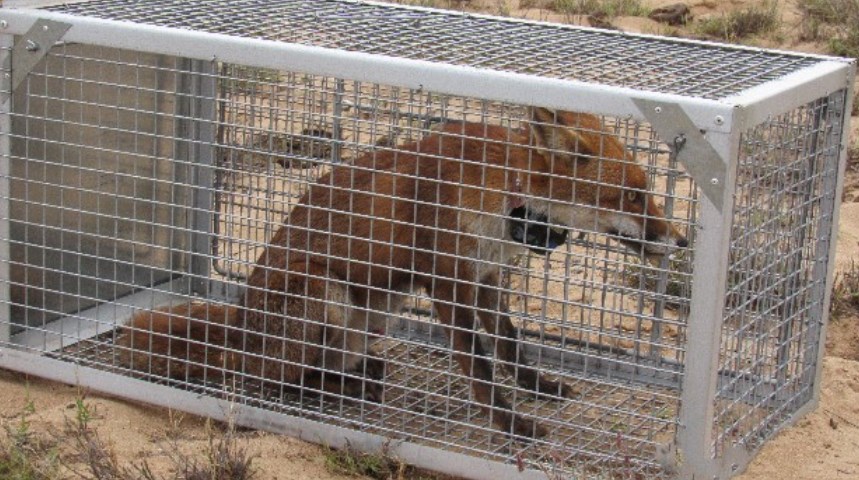
Murdoch University is part of a joint effort in the State’s north-west to save a population of vulnerable flatback turtles from predation by foxes.
Along with Curtin University and the Department of Biodiversity, Conservation and Attractions (DBCA), Murdoch researchers have been working with the pastoralist of the remote Mundabullangana Station, about 60km south of Port Hedland.
Mundabullangana is home to one of mainland Australia’s largest flatback turtle nesting sites with approximately 1860 female turtles nesting there during the peak season between October and January.
Flatback turtles are listed as vulnerable under the Commonwealth EPBC Act 1999 and as ‘data deficient’ under the International Union for Conservation of nature (IUCN).
Populations are slow to increase, due in part to the length of time it takes for them to reach breeding age, and the fact they only lay eggs every one to five years.

Image: A nesting flatback turtle
Previously, Murdoch Honours student Joanne King had identified that foxes were having a devastating impact on the turtles at Mundabullangana, frequently raiding the nests for eggs and preying on hatchlings.
Third-year Murdoch PhD student John-Michael Stuart is currently following up this project by fitting specialised collars with GPS and satellite transmitters to foxes in the area in order to track their movements. Both studies have been funded by DBCA.

Image: A fox which has been temporarily detained, will be fitted with a GPS collar before being released to track its movements.
“What we have discovered is that foxes keep very tight home ranges or territories over multiple years even though the turtle eggs are only available seasonally,” Mr Stuart said.
“This means that fox control measures do not have to be restricted to just during the turtles’ nesting season, and there are options for red fox management outside of this timeframe.
“There is more analysis to be done, but we are confident that we can apply the knowledge learned from this project to reduce fox numbers and save more turtles.”
The scientific analysis already carried out by both research students has been used to underpin management action, with fox control measures implemented by the DBCA before the current turtle season.
DBCA Principal Research Scientist Scott Whiting said: “This is one of the largest mainland flatback rookeries in Australia and the management of foxes at this site has significant conservation benefits.
“This has been a great partnership between a pastoralist, academics and a conservation agency for the conservation of a threatened species."
Mundabullangana station owner Michael Thompson is enthusiastic about conserving the population of flatback turtles on the property.
“I am keen on conservation and protection towards native animals and our land,” he said.